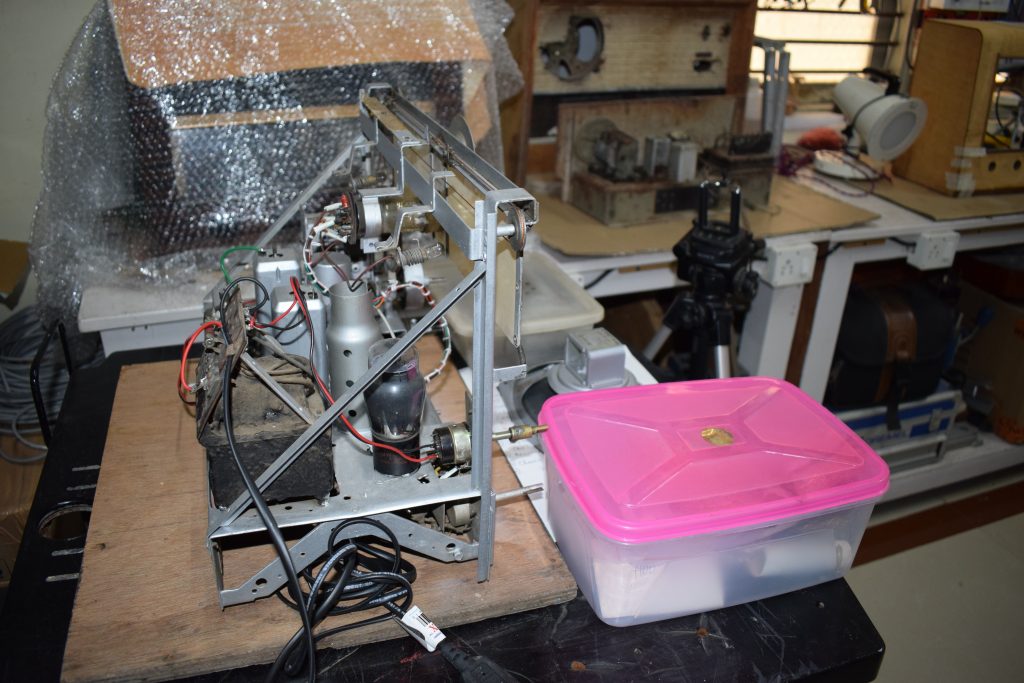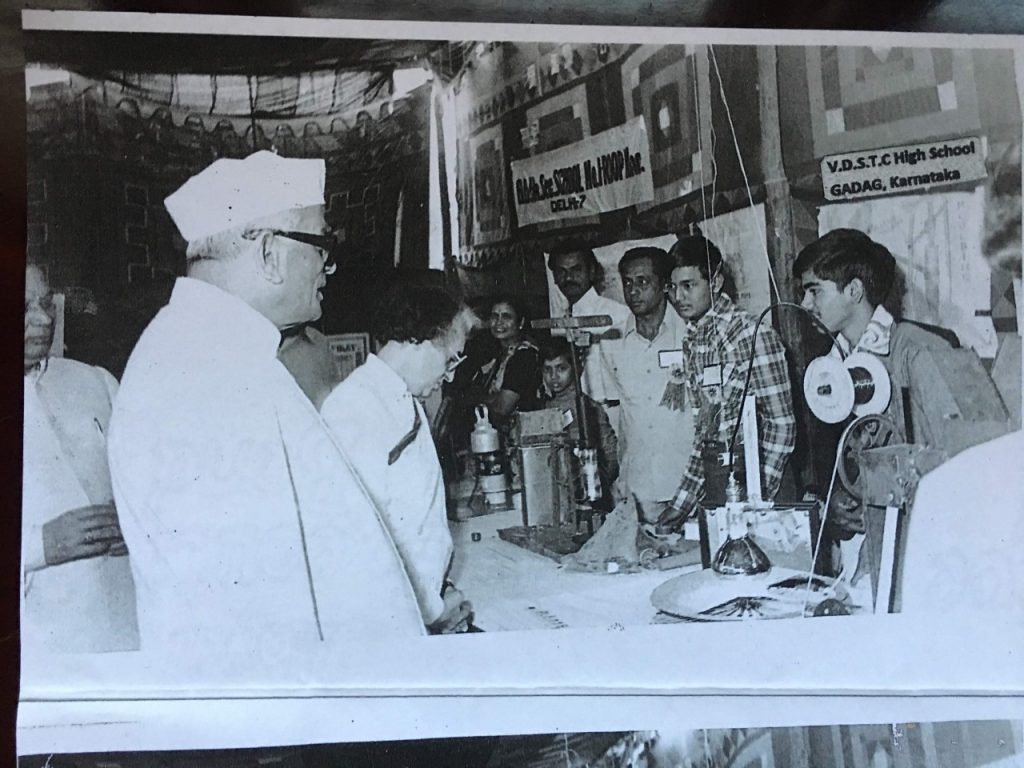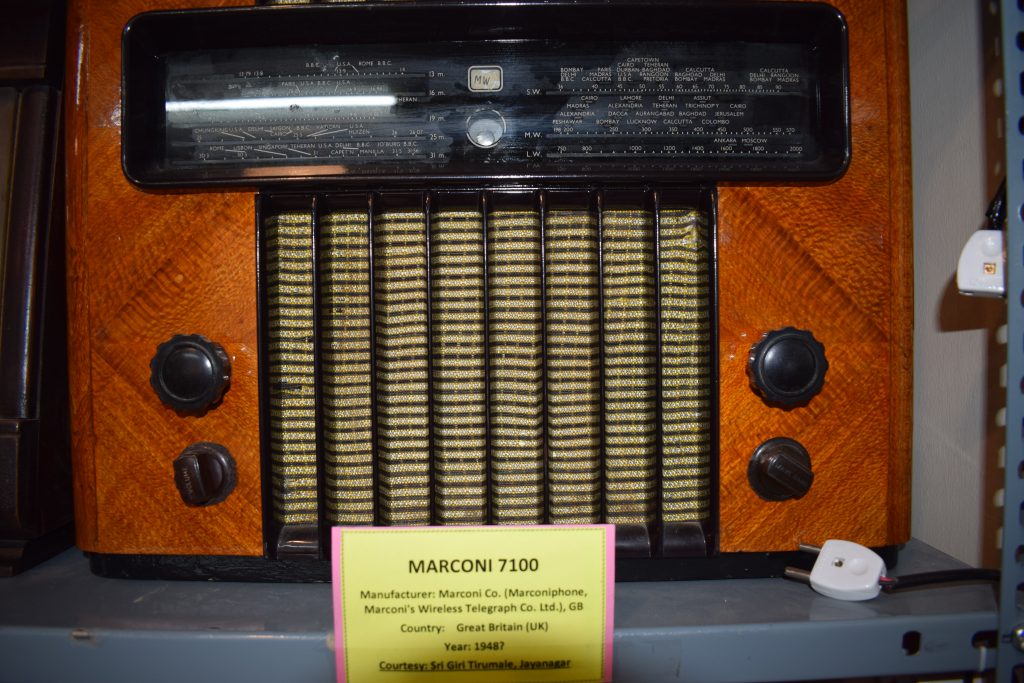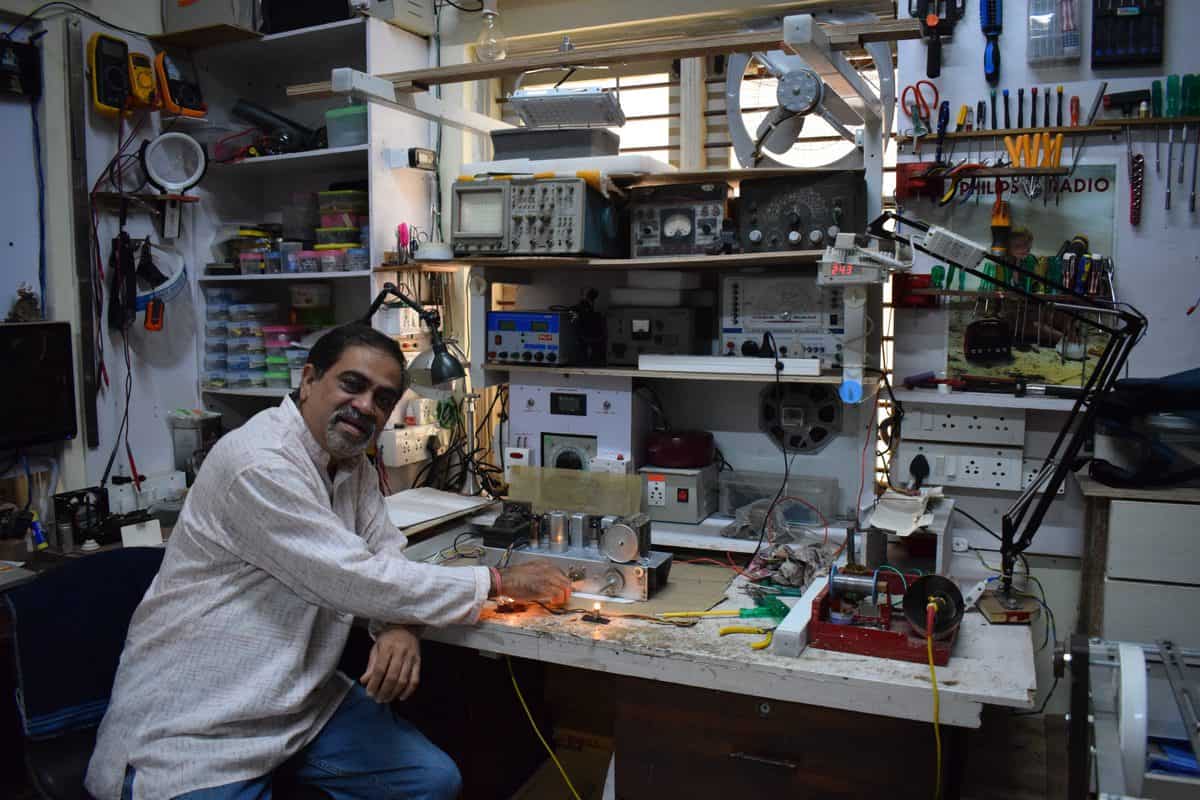Remember the days when a radio set used to be the prized possession of an average middle-class family. The advent of the 1980s heralded the arrival of idiot boxes. Stereo sets invaded the showcases a decade thereafter. The CD and DVD players were forerunners of the computers. The cellphones merged and miniaturized them all to sit into our pockets or vanity bags. An avalanche of new technologies has revolutionized the infotainment world in less than half a century. We have been witness to the advent, rise, and obsolescence of an array of gadgets and technologies. How many of us have taken care to preserve some of those gizmos that coloured our drab and dreary lives with sounds, music, images, texts, motion, and colours that are destined to turn antiques under the breezy pace of change drowning us.
Changes are welcome. But there must be someone to tell the posterity when and how did the turning point come? Bengaluru-based telecom consultant Uday Kalburgi is one such soul. Heartbroken at the departure of radio sets, he set out to tell their story. His passionate pursuit of the project materialized last year when he came up with his ‘Shortwave Radio Museum’ in Basaveshwarnagar neighbourhood of Bengaluru. It was formally thrown open on Feb. 13 this year, a day designated as World Radio Day, although few people may remember it.
Uday possesses a BE degree in electronics and communication from a college in Hubballi (previously Hubli). He was a radio enthusiast from his childhood. He had developed a crystal radio at the age of nine using a wire for the antenna, a coil of wires, a capacitor, a crystal detector, and earphones. The contraption had cost him just Rs. 10. But this won him a visit to Delhi as a participant in the 1980 National Science Exhibition. Then-Prime Minister Indira Gandhi and President Neelam Sanjeeva Reddy had shown keen interest in the device.

But the dawn of the 1980s saw the decline of radio as TV displaced them as the major medium of entertainment what with Rangoli, Chitrahaar, Ramayana, and Mahabharat rendering the streets empty. Most families consigned the radio set to junkyards or attics. The 56-year old engineer remembers the day when the scrap dealer Prakash Hangal in Hubballi dispatched two truckloads of radio sets to be sold in the Mumbai scrap market.
Having been a radio aficionado, a keen listener of ‘Binaca Geetmala’ of Radio Ceylon, he took a vow to unravel the technology and preserve as many radio sets as he could for posterity to view the medium that regaled the home audiences in the bygone days. He recalls that most of the radio sets were heavy, occupied ample space, and larger the size, the greater the pride of the owner. His father had bought a Telefunken set for home at Rs. 708, a princely sum for a college teacher who drew a monthly salary of Rs. 108 in 1971. The installment payments continued for several months. Curiously, the bill is part of the items curated at the museum.

Uday has set aside the ground floor of the G+4 floor building he owns for the Museum. Nearly 150 different radio sets are lined across racks and shelves. And all of them have been restored to their pristine condition. Plugged into sockets, every single can be tuned in as would they in their heydays. In his youth, Uday would spend all his off-duty hours to go around scrap markets, look for sets that could be salvaged, bargain with the merchants and bring them home to be restored. He built up a reputation as a radio restoration engineer. Mr. Padmanabha Varma, scion of the former Travancore ruling family (who lives in Bengaluru now) approached him to restore at least five of the 20 old sets he had in his palace in Thiruvananthapuram. He even gifted one Pilot-G774B, made in the United States. A 1936 vintage set, it looks pretty despite its age. An old-timer of Bengaluru gifted him Phillips-2802 manufactured in 1928 in Holland. He had inherited it as a family bequest. Given the fact that Marconi had perfected the technology just ten years ago in 1918, this is among the earliest sets to come out of assembly lines. He purchased Mullard MAS-231 (Made in Great Britain) and Graetz Super, made in Germany, from a scrap merchant in Pune Cantonment. His regular visits to the market yielded HMV-656 which has a rosewood body. It was manufactured in Britain.

At 27 kg, Phillips BX-998 is the largest and heaviest set in Uday’s collection, enjoying a prime place in the display racks. It was priced at Rs. 9,000 when it hit the market first in 1955. Uday paid Rs. 12,000 for an old set. But he points out that antique pieces of the same batch are listed at E-Bay at Euro Rs. 2,000. At the current rate it would mean Rs. 176,000 a piece. Curiously, this was the first brand to introduce FM. A TV anchor gifted him a Salvadore deluxe-2575 set. She had given him the same for restoration. But restoration charges (Rs. 8,000) were beyond her range of affordability. She left it in Uday’s custody.
Grundig Expo Boy 204 is the only transistor among the fraternity of radio sets. It was bought by a former Indian Railways officer in Germany who gifted it to his museum, apprehending it being junked by family descendants after he was not around. A Phillips-B7X45A model set, manufactured in 1969 in Holland came to him from an erstwhile princely family of Pune. It has remained stuffed in a gunny bag after being purchased by a shopaholic family and was unwrapped by him after 35 years. It came alive as he tuned it in.
Uday has a complete radio lab at the back of the museum where he spends five to six hours every day, restoring old sets that people bring to him. According to him, India had manufacturers of four major brands i.e., UNS, NELCO from the House of the Tatas, Murphy and Telerad. None of these has survived. Now only Phillips from Holland has assembly units in India for which they import original parts. His work has won admirers from all across the country. A former VC of a University in Dehra Dun called him some time ago appreciating his effort in preserving the technology. The Chief Secretary of Mizoram rang him asking if he could restore a 1950 set in his possession.
Uday’s passion for technology knows no end. He takes the visitors around the museum and has a story to relate to every bizarre piece in his prodigious collection. He can be contacted on 98450-43014.
M A Siraj is Bengaluru based seasoned journalist who writes for a variety of newspapers including The Hindu, and news portals.

